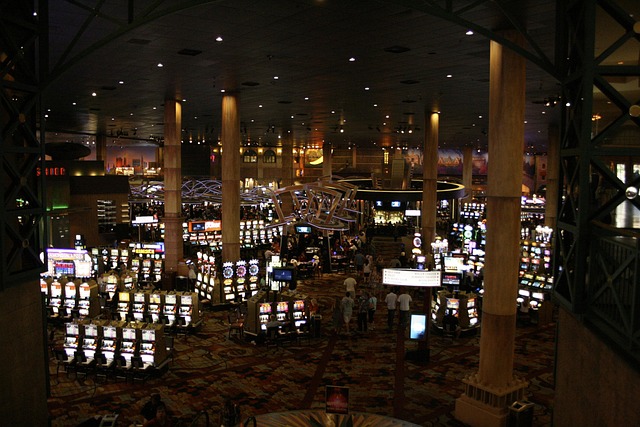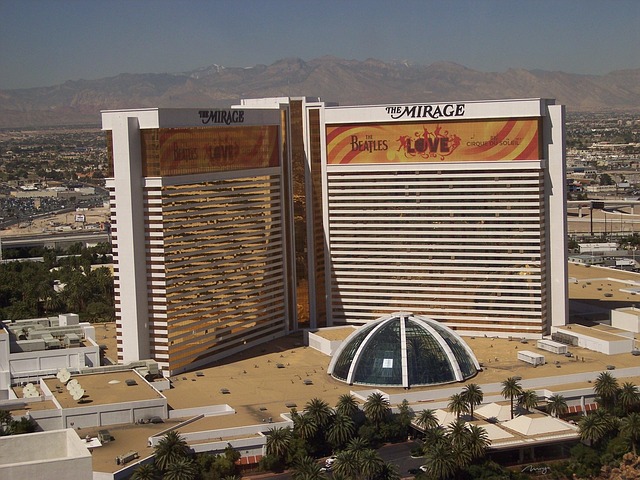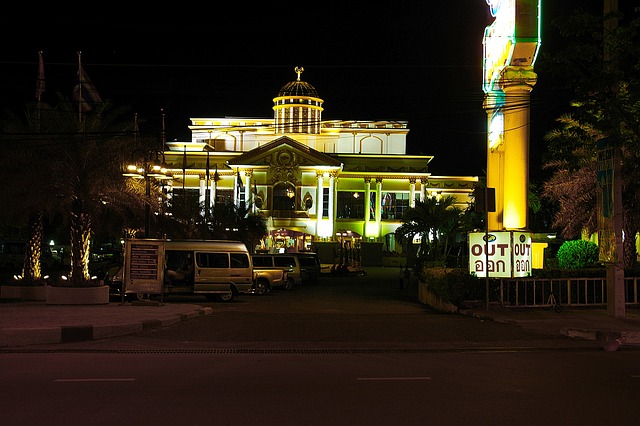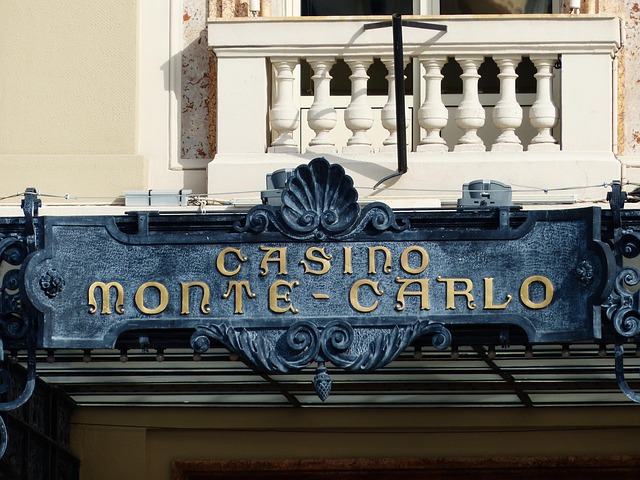Las Vegas' brick and mortar casinos, from Golden Nugget to The Luxor, have transformed the city into a global entertainment hub since its rise in legal gaming. The 1970s and 1980s saw massive complexes along the Strip, defining Las Vegas as a gaming mecca known for stunning architecture, opulence, and unique experiences drawing millions annually. These casinos contribute significantly to the local economy but also pose challenges like high housing costs, highlighting the need for balance.
Las Vegas, known as the entertainment capital of the world, has long been synonymous with brick-and-mortar casinos. This article delves into the rich history and evolution of these iconic landmarks, exploring their architectural marvels that have defined the city’s skyline. We also examine the profound social and economic impact they’ve had on Las Vegas, shedding light on why these establishments remain integral to both the local community and tourists alike.
- History and Evolution of Brick and Mortar Casinos in Las Vegas
- Iconic Landmarks: Famous Las Vegas Casino Architecture
- The Social and Economic Impact of Las Vegas Casinos on the City
History and Evolution of Brick and Mortar Casinos in Las Vegas

Las Vegas’s casino scene has a rich history rooted in its transformation from a small desert town to a global entertainment hub. The concept of brick-and-mortar casinos, or physical establishments where gambling takes place, evolved alongside the city’s growth. In the early 20th century, Las Vegas began attracting visitors with its legalisation of gaming, setting the stage for a boom in casino construction. Iconic resorts like the Golden Nugget and The Luxor emerged, each with grand architecture and enticing amenities.
Over time, these casinos became more than just gambling venues; they were destinations in themselves, offering entertainment, dining, and luxurious accommodations. The 1970s and 1980s saw a surge in casino development, with massive complexes springing up along the Strip, each trying to outdo the other. This era marked a significant shift, transforming Las Vegas into a gaming mecca known worldwide for its opulent casinos, forever changing the landscape of land-based gambling.
Iconic Landmarks: Famous Las Vegas Casino Architecture

Las Vegas casinos are renowned for their breathtaking architecture, with iconic landmarks that define the city’s vibrant landscape. The grand resorts stand as testaments to human creativity and engineering prowess, drawing millions of visitors each year. These brick and mortar casinos are not just buildings; they are artistic visions that merge luxury, entertainment, and opulence into a single, captivating experience.
From the towering spires of The Venetian to the replicas of European landmarks at The Bellagio, each casino boasts unique design elements that set it apart. The elaborate facades, lavish interiors, and breathtaking displays create an atmosphere that transcends mere gambling, offering visitors a glimpse into a world where fantasy becomes reality. These architectural marvels have become synonymous with Las Vegas, leaving indelible marks on the city’s identity and attracting folks from all corners of the globe.
The Social and Economic Impact of Las Vegas Casinos on the City

Las Vegas casinos have had a profound social and economic impact on the city, transforming it into a global entertainment hub. These brick-and-mortar establishments attract millions of visitors annually, contributing significantly to the local economy through tourism and employment. The city’s vibrant nightlife and diverse gaming options have fostered a unique cultural landscape, with many venues offering not just gambling but also dining, shows, and luxury accommodations.
The economic ripple effect is substantial, as casinos support numerous ancillary businesses, from restaurants and hotels to retail shops and entertainment services. This influx of visitors has led to infrastructure development, improved transportation networks, and the enhancement of public spaces. However, it’s essential to note that the city’s dependence on the casino industry also presents challenges, such as high housing costs and a potential economic downturn if tourism declines, underscoring the need for a balanced approach to sustain Las Vegas’s thriving reputation.
Las Vegas has long been synonymous with entertainment, and its brick-and-mortar casinos have played a pivotal role in shaping the city’s landscape. From their humble beginnings to the iconic landmarks of today, these casinos have not only driven economic growth but also woven themselves into the very fabric of Las Vegas culture. As we look to the future, the resilience and adaptability of these establishments continue to ensure their place as a central pillar of the city’s vibrancy and appeal to visitors worldwide.






